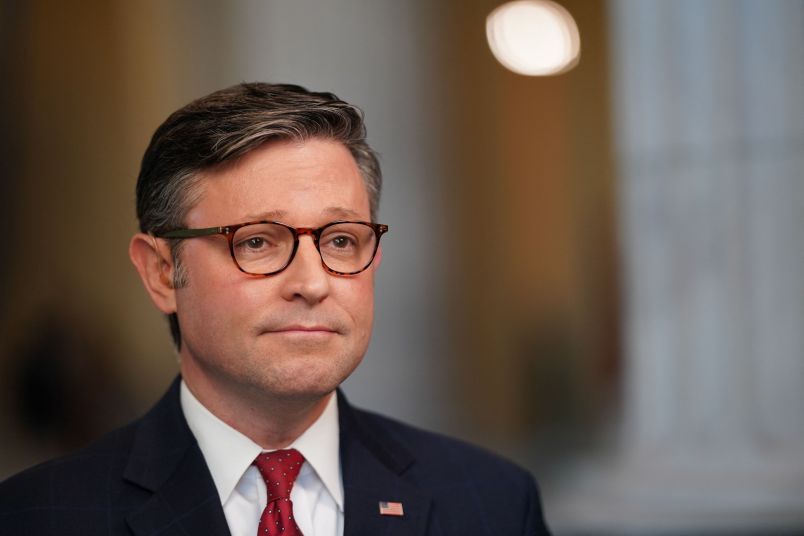Before signing off after this chaotic day, let me make a final point about the schools. I’ve written very critically today about the decision – perplexing to many – to keep open the New York City public schools. I fear the Mayor is making a grave mistake. That is not because I think he’s making a bad public health decision but because he doesn’t seem to be approaching it as a public health decision at all. He’s looking at it through the prism of the city Department of Education which has many critical equities it manages. But public health, certainly not in this crisis context, is not one of them.
But with all that let me mention a key counter to my arguments which does turn on public health. As I’ve explained, there are very strong public health studies demonstrating that schools are key vectors of contagion in epidemics. Failing to close schools in time was a key driver of high mortality rates during the Spanish flu crisis in 1918-19.
But COVID-19 is not the flu. It shares many characteristics with it – similar modes of contagion, both respiratory illnesses. But they’re different classes of virus. They act differently. The key issue is how they impact children. Without vaccines children are very susceptible to the flu and they can get bad cases of it. COVID-19 appears to have a minimal or seldom severe impact on children.
In the earliest stages of the epidemic it wasn’t clear whether children didn’t get the disease or just routinely got very mild cases. It now seems clear they do get it, maybe not quite as often as adults but in the ballpark. This was a key finding of an admittedly small study from the city of Shenzhen. They do get it. It just tends to be mild.
There is a separate question of whether you can be contagious with COVID-19 before you’re symptomatic. It’s been clear from fairly early on that the answer is yes. But subsequent studies seem to suggest that this is not the primary mode of spread. Most people get it from people who are already symptomatic, even if they’re not that visibly sick.
Put all these facts together and it raises the possibility that even though kids are a strong vector of contagion with the flu they may not be with COVID-19. They get mild or asymptomatic cases and people with mild or asymptomatic infections aren’t responsible for most of the spread. If this is true maybe having kids in school really isn’t a factor in mitigation at all. This is the argument public health Professor Jennifer Nuzzo makes in this OpEd in the Times, though she doesn’t address the Shenzhen study I mentioned.
As I repeat again and again, I’m neither a clinician nor public health expert. I have no ability to litigate this question. But looking from the outside and given the mammoth stakes involved it seems like a very high risk gamble to assume children in schools are not a major vector of spread just because we lack positive proof that this is the case or because some of the evidence is ambiguous. The authors of the Shenzhen study put it this way: “We further show that children are at similar risk of infection as the general population, though less likely to have severe symptoms; hence should be considered in analyses of transmission and control.”
Given the stakes, the historical evidence and significant but not dispositive evidence that kids are vectors of spread, ruling this out, as I say, seems like a mammoth gamble.







